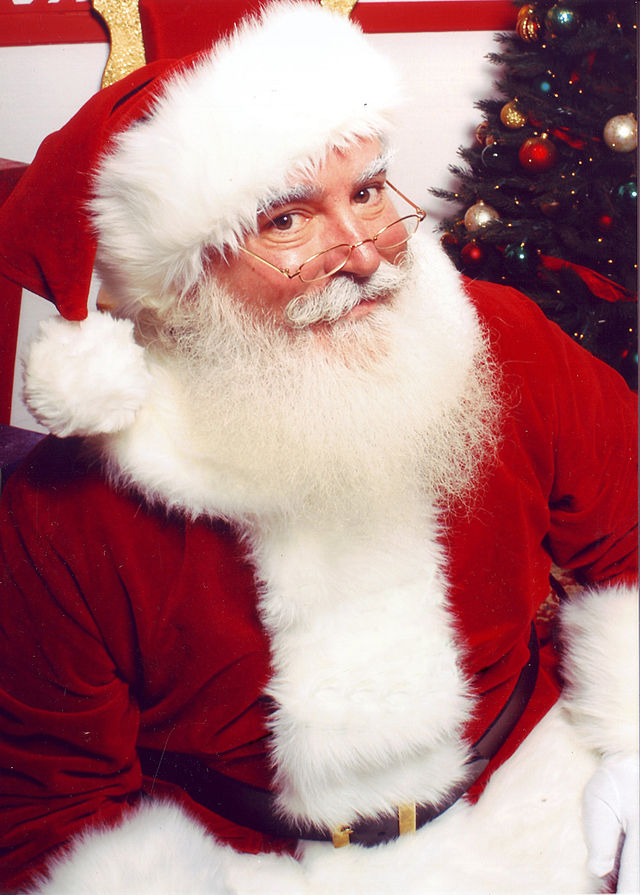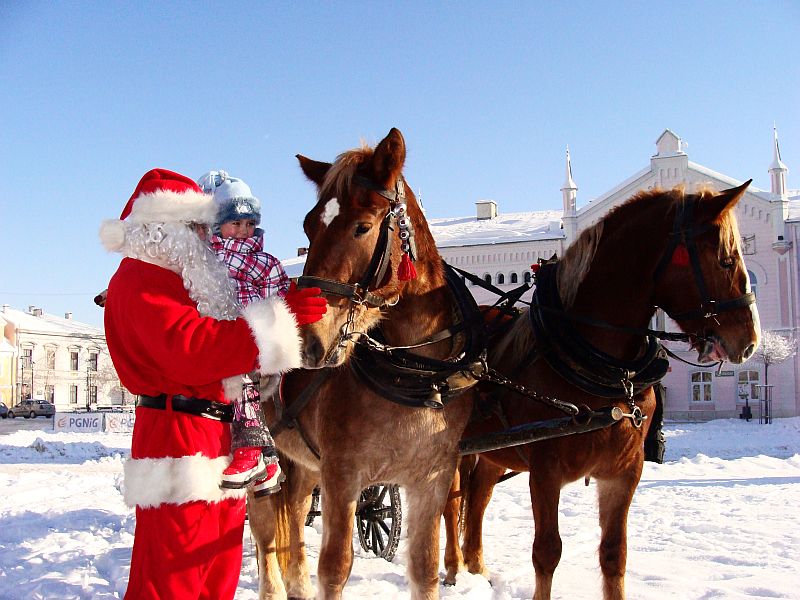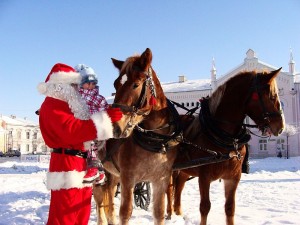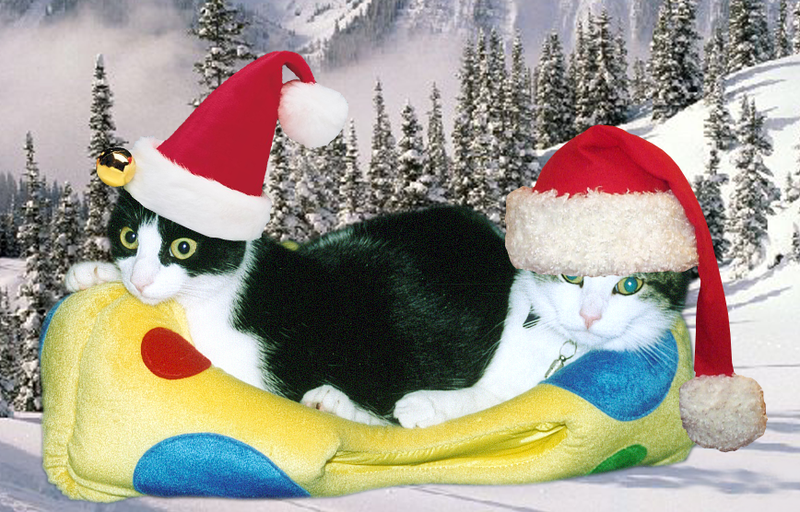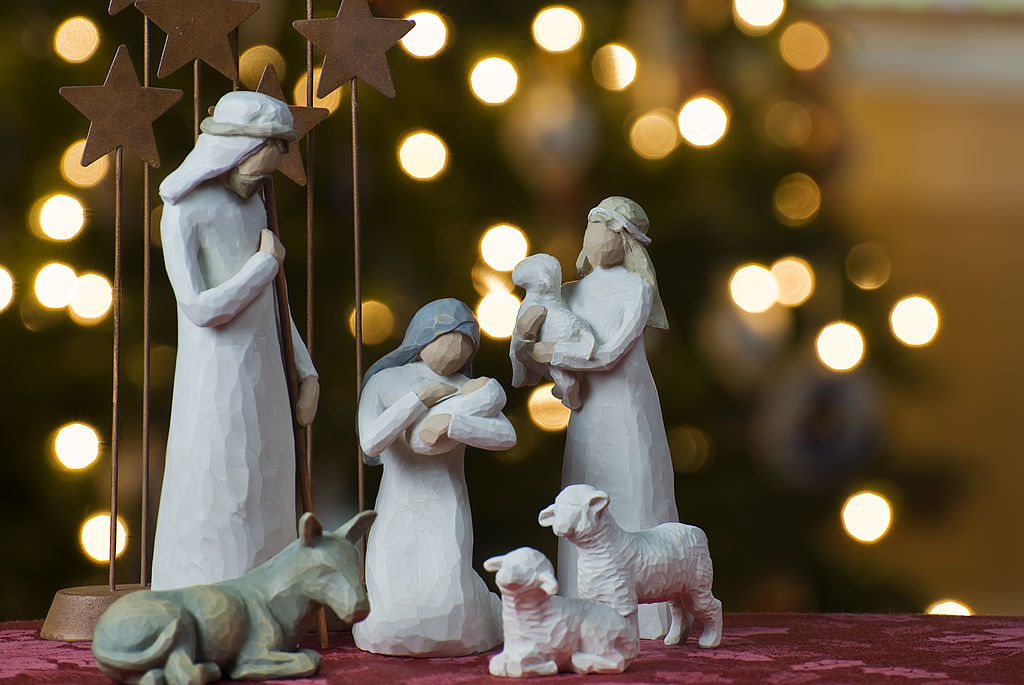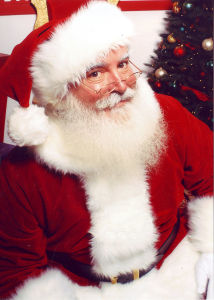 For our last post before the Christmas break we decided to collect people’s scientific Christmas wish lists from the department. We got a diversity of answers ranging from the realistic to the fantastical.
For our last post before the Christmas break we decided to collect people’s scientific Christmas wish lists from the department. We got a diversity of answers ranging from the realistic to the fantastical.
Thomas Guillerme wants a super computer “that runs everything instantly, like if you have to run a loooooooong MCMC, it spits out the results instantly.”
Natalie Cooper says “I’d like an automatic marking machine that could grade coursework and exams for me while I eat mince pies and drink tea. Failing that I’d like some friendly elves who would grade them for me while I sleep. And yes, as you may have guessed, I do have a stack on marking on my desk!”
Darren O’Connor asks for “Swarovski EL 8.5 x 42 binoculars. Their optic wizardry and quick fire focus make them unbeatable in the field.”
Aoibheann Gaughran says “what I would like is the gift of great mathematical/statistical comprehension (a little chip implant in my brain would be great!). Can I have two? Id also like the gift of speed-reading. Combined, they would mean I could quickly read all of the relevant literature, formulate a decent hypothesis to test and analyse the results with confidence.”
David Kelly is looking for “A twenty-first century view of new vertebrate species from the ICZN, to avoid the collection of voucher specimens. Even with full genome phylogenies, high-definition photography and 3D printers, the collection (i.e. deliberate killing) of type specimens remains an inescapable part of the description of new species.”
Sean Kelly is expecting big things, “An unlimited funding stream would be handy… I’d love some tiny electronic devices that can provide super accurate geographical positioning data and take high resolution video footage, as well as being able to remotely transmit all this data via satellite. I could then attach these wee devices to the beaks of birds and just wait for the mountains of data on the birds movement ecology and migration patterns, diet and feeding ecology, competitive interactions, etc, etc, to just roll in. Simples. If they’re out of stock, I’ll take a machine that sequences a bird’s full genome from a single feather.”
Kevin Healy is pragmatic, he wants “a permanent job in science that pays at least the average industrial wage”.
Adam Kane wants some new tech “I’d love an air wing of drones to spy on wildlife all from the comfort of my office.”
Deirdre McClean is looking for “an automated counter microscope that could continuously count protist and bacterial cells to make my lab life easier so I could focus on the fun parts of experiments.”
Pitch in with what you’d like to get to make your research that bit easier or more enjoyable.
Author: ecoevoblog
Photo credit: wikimedia commons

